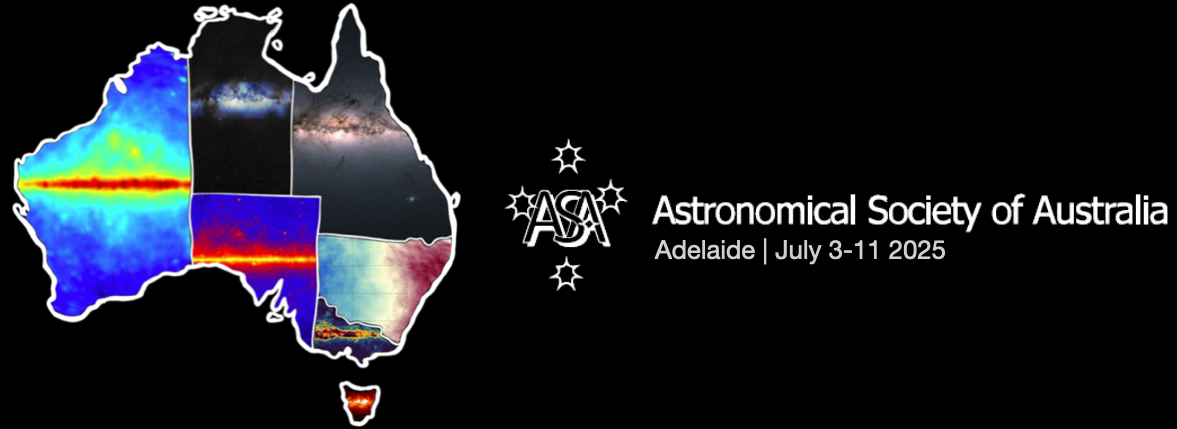Speaker
Description
Galaxy formation and evolution over cosmic timescales are driven by active galactic nuclei (AGN) feedback. The kinetic-mode feedback of powerful radio jets launched from AGN shock-heat the intra-cluster medium, influence star formation through driven turbulence, and uplift rapidly cooling gas to large cluster radii. There is a clear need to understand and quantify the effects of this feedback for both the interpretation of observational data from present and upcoming radio surveys and the development of accurate cosmological galaxy formation models. Hydrodynamic simulations of (magnetised and relativistic) radio jets in observationally-motivated environments are the key to a detailed understanding of AGN kinetic-mode feedback.
In this talk, I will present new results from the largest suite to date of simulated radio jets in cosmological environments—the Cosmological Double Radio AGN (CosmoDRAGoN) project—which simulates realistic jets in galaxy cluster and group environments drawn from cosmological simulations. These state-of-the-art grid-based magnetohydrodynamic simulations fully capture the pressure-driven collimation and evolution of the initially conical jets out to hundreds of kiloparsecs. By embedding tracer particles in the jet plasma, we calculate synthetic radio spectra for a wide range of jet and environment parameters, observing configurations, and redshifts across both the active and remnant jet phases. Our simulations reproduce key observed features of real radio galaxies. Through controlled comparisons of key jet parameters, including initial jet velocities (non-relativistic and relativistic), magnetised and hydrodynamic jets, and different jet powers and opening angles, we quantify the requirements for accurately representing jet feedback and observable signatures in cosmological galaxy formation models. Both the overall efficiency of jet feedback and the feedback mechanisms (gas heating, uplifting, or jet-driven turbulence) depend strongly on both jet and environment parameters.

